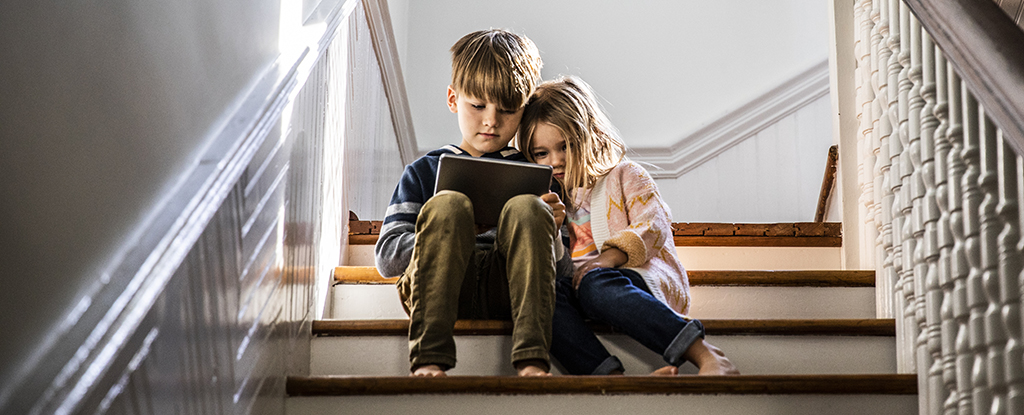Putting a screen in front of a child is a tried-and-true way to keep them entertained and calm — and it works pretty well for adults, too — but as a constant calming technique, it can have its downsides, according to a new study.
Researchers looked at how digital devices were used to calm angry children between the ages of 3 and 5. The study included 422 parents and as many children and was conducted between August 2018 and January 2020. before the COVID-19 pandemic turned schools and personal lives upside down.
What the team found was that increased use of devices as calming mechanisms over several months was associated with greater emotional reactivity, or dysregulation, in the children: think, for example, rapid changes between moods and increased impulsivity.
The association was particularly strong in young boys and in children who already showed signs of hyperactivity, impulsiveness, and high temperaments. It seems these gadgets may prevent children from developing their own ways of regulating emotions.
“Using mobile devices to calm a young child may seem like a harmless, temporary means of relieving stress around the home, but it can have long-term consequences when it’s a regular calming strategy.” says developmental behavior pediatrician Jenny Radesky from the University of Michigan.
“Particularly in early childhood, devices may crowd out opportunities to develop independent and alternative methods of self-regulation.”
Of course, as any parent or caregiver would know, the age group considered in the study includes children who are particularly prone to tantrums, intense emotions, and fighting back against the world, which makes using a tablet or phone all the more appealing to calm them down.
And it works too — but what the researchers suggest is that short-term relief from an upset child could lead to long-term problems with their emotional development. Other types of coping can be ruled out.
The study authors are keen to emphasize that the use of devices in moderation can be beneficial and cannot simply be eliminated altogether, while cautioning that they should not be used as the primary or frequent method of trying to calm children keep.
That’s a topic that is not newand in the past parents have been concerned about giving their children too much TV time or playing video games. However, the modern media consumption experience is much more fragmented, interactive and accessible.
“Caregivers can experience immediate relief through the use of devices when they quickly and effectively reduce children’s negative and challenging behaviors,” says Radesky. “It feels rewarding for both parents and children and can motivate them both to keep this cycle going.”
“The habit of using devices to deal with difficult behavior is becoming stronger over time as children’s media demands also increase. The more devices are used, the less children – and their parents – practice using other coping strategies.”
Researchers have suggested some other ways to calm children down, including sensory experiences (from listening to music to crushing playdough in their hands to jumping on a trampoline) and consciously naming emotions to help them understand them.
Emotion color coding can also help children learn, identify and understand their moods and easily communicate their feelings. It may also be helpful to offer substitute behaviors, including hitting a pillow instead of hitting a sibling or friend.
These options can be discussed and explained while children are calm, the researchers suggest, before tantrums occur. Meanwhile, screen timers and strict limits on app usage could also be ways to stay in control of device usage.
“All of these solutions help children to better understand themselves and feel more competent in managing their feelings,” says Radesky.
“It takes repetition from a caregiver, who also needs to try to stay calm and not overreact to the child’s emotions, but it helps build emotion regulation skills that last a lifetime.”
The research was published in JAMA Pediatrics.





